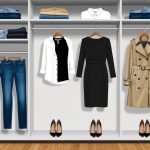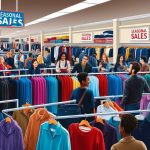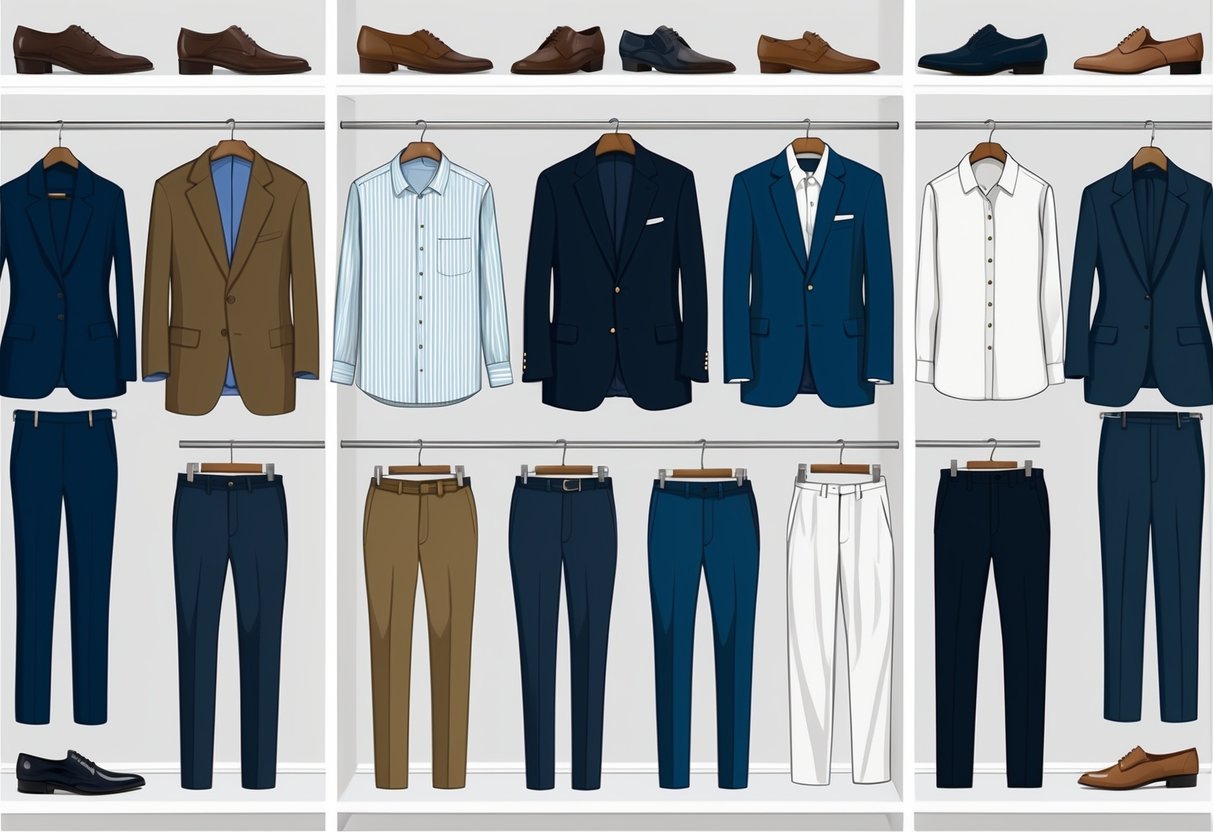
Integrating Style and Trends Without Sacrificing Function
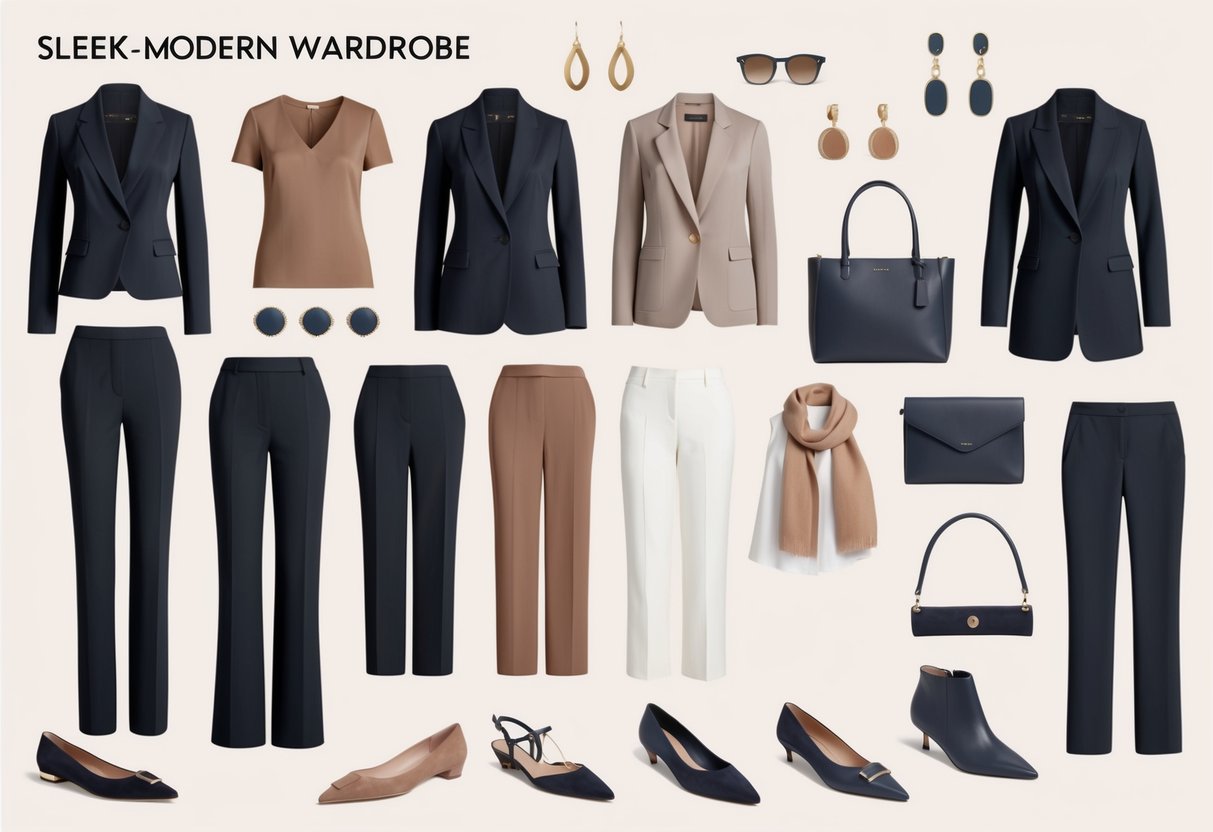
Balancing modern workwear with functionality requires a focus on both professional trends and practicality. Effective wardrobes draw on relevant fashion movements while respecting everyday necessities like comfort and adaptability.
Identifying Current Workwear Trends
A key characteristic of functional and stylish workwear in 2025 is the rise of minimalist and versatile pieces. Many professionals are favoring capsule wardrobes composed of tailored blazers, refined trousers, and clean shirts.
These staples often come in neutral tones, making them easy to mix and match for various occasions and climates. Recent trends show a blend of functional fashion—think wrinkle-resistant fabrics and multi-pocket garments—with contemporary silhouettes.
Subtle details such as cropped lengths or asymmetric lines create visual interest while remaining workplace-appropriate. Accessories are more subdued, with leather handbags and low-heeled, supportive shoes at the forefront.
The emphasis is on pieces that offer both style and practical value. Comfort-driven innovations are gaining ground in professional wardrobes.
Adapting Trends to Suit Your Workplace
Integrating trends into a workwear wardrobe demands a realistic assessment of your office dress codes and daily responsibilities. For corporate environments, start with classic foundations and introduce trending elements like updated cuts or modern prints in moderation.
Choose adaptable garments by prioritizing quality fabrics with built-in stretch or easy-care properties. For environments with more relaxed codes, experiment with bolder hues, patterned separates, or statement shoes—provided they do not disrupt a professional look.
Practical Tips:
- Opt for layering pieces, such as fine-knit cardigans or sleeveless blouses, that transition easily from the office to after-hours events.
- Use accessories like belts or scarves to reflect recent fashion without major wardrobe changes.
- Maintain a balance between on-trend details and functional features, ensuring clothing moves with you and accommodates real workday demands.
Essentials for Mixing and Matching
A functional workwear wardrobe is built around practical pieces that complement each other through color, fit, and adaptability. Combining versatile styles with strategic color choices allows wearers to maximize outfit options and create polished looks every day.
Color Coordination Techniques
Color coordination is essential for creating a cohesive professional wardrobe. Core neutrals such as black, navy, gray, and beige form the foundation and easily pair with a range of accent hues.
By selecting tops and bottoms in these shades, anyone can achieve effortless mixing and matching throughout the workweek. Incorporating one or two accent colors—like burgundy, forest green, or soft blue—adds visual interest without overpowering a look.
Building a set palette not only simplifies shopping but also ensures that each clothing item works with multiple outfits. A simple table helps clarify how colors can pair:
| Neutral | Accent | Resulting Look |
|---|---|---|
| Navy | Burgundy | Sophisticated, warm |
| Black | Soft blue | Classic, balanced |
| Beige | Forest green | Earthy, refined |
Accessories, such as scarves or belts, in accent shades can further enhance the versatility of these outfit combinations. Consistency in color choices helps maintain a cohesive, professional appearance.
Leveraging Wide-Leg Pants for Versatility
Wide-leg pants are a practical and stylish choice in any workwear wardrobe. Their tailored silhouette provides comfort and ease of movement while still looking polished.
Neutral-colored wide-leg trousers—such as black, navy, or light gray—are particularly easy to match with a range of tops. Pairing wide-leg pants with fitted blouses, crisp button-downs, or lightweight knits creates variety with minimal effort.
It is useful to keep a few options in different fabrics, like wool blends for colder months and light cotton for spring and summer. Wide-leg pants serve as a versatile base when building a capsule wardrobe, as noted by wardrobe-building experts at Outfit Formulas.
Their adaptability makes them suitable for both formal office days and more relaxed work environments. For added style, switching shoes from loafers to heeled boots can instantly change the look.
Incorporating Accessories for a Polished Finish
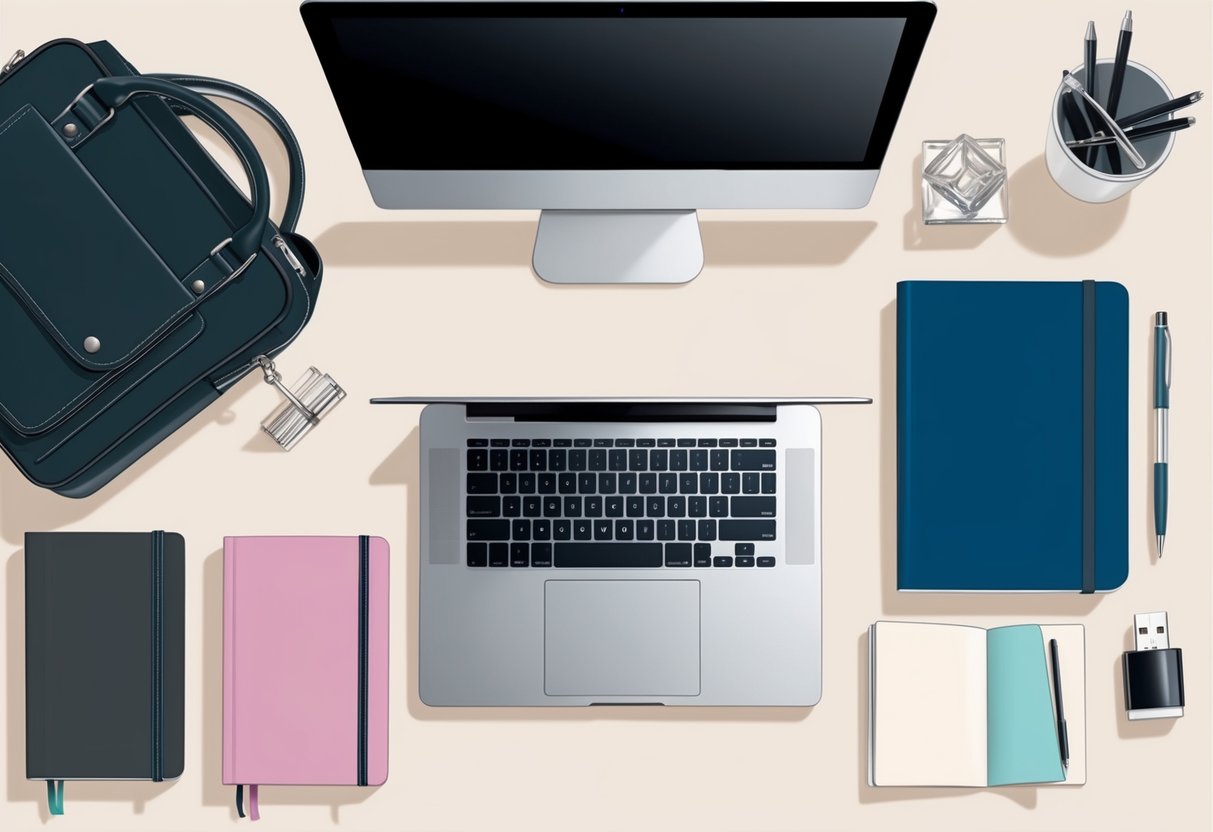
Accessories refine a workwear wardrobe by adding structure and thoughtful detail. The right choices promote both professional appearance and individuality while subtle metallics, such as silver, can modernize classic office looks.
Choosing the Right Accessories for Professionalism
Professional accessories must balance form and function. Sleek belts in leather or faux leather reinforce clean lines, while classic watches and structured handbags keep the look sharp and organized.
Neutral tones like black, navy, beige, and soft gray ensure easy coordination with multiple outfits. Low-profile earrings, such as studs or small hoops, work well for most office settings.
These pieces minimize distractions and suit conservative dress codes. Delicate chains or simple pendants can accent tailored shirts or blouses without appearing flashy.
A table of appropriate professional accessories:
| Accessory | Best Features | Why It Works |
|---|---|---|
| Leather Belt | Neutral, minimal | Defines silhouette |
| Silver Studs | Subtle, versatile | Not distracting |
| Classic Watch | Timeless, sturdy | Adds structure |
| Structured Bag | Functional, neat | Organizes essentials |

